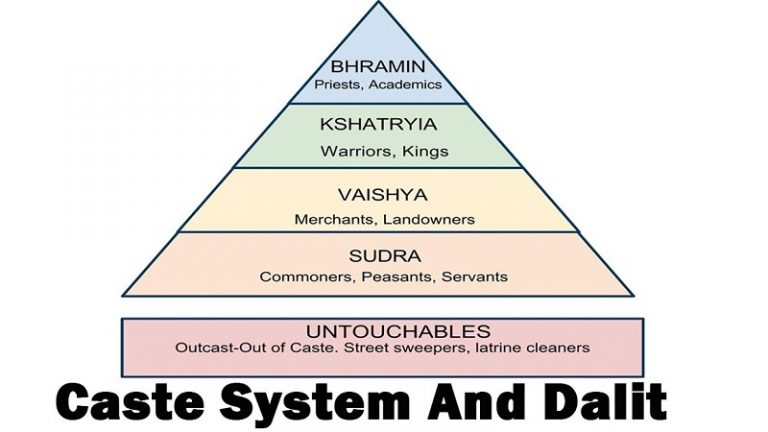

Among the results were a growing demand for franchise, and the rise of representative politics, most keenly felt in urban areas, which were witness to the growth of various forms of caste, class and religious politics, including notably, of Hindu-Muslim violence. The colonial state transformed in the aftermath of the partial devolution of power to Indians beginning with Lord Ripon’s Resolution of 1882 in favour of local self-government, and more importantly following the Indian Councils Acts, better known as the Morley-Minto reforms of 1909. A related result has been that the historiography of South Asia has suffered from working with a static account of the colonial state form. This ideological divide has shaped the historiography of the field, with students of colonial knowledge formation and scholars of (colonial) underdevelopment ranged against those considered apologists for empire.Ģ One of the failings of this scholarly bifurcation between studying the state versus studying society is that it has privileged the latter at the cost of the former, and thereby invested South Asian ‘ society ’ with a spurious reality of its own.

1 Typically the field of modern South Asia studies assumes a division between processes of British colonial state-formation across the nineteenth and twentieth centuries, on the one hand, and the resistant activism of Indian anticolonialism on the other.


 0 kommentar(er)
0 kommentar(er)
